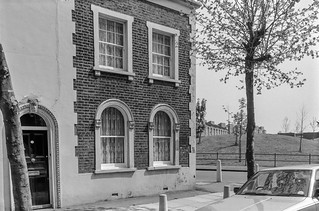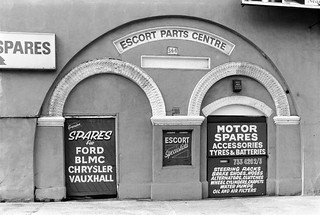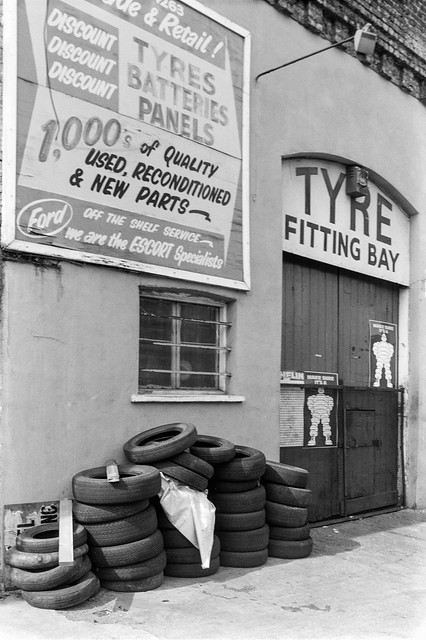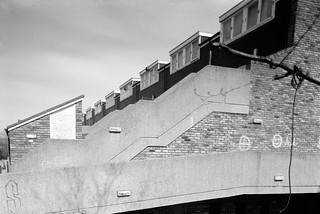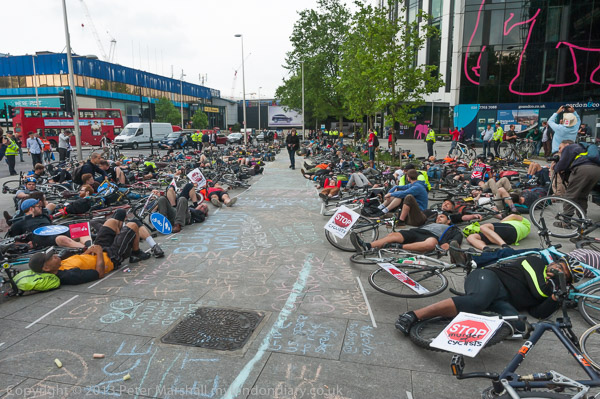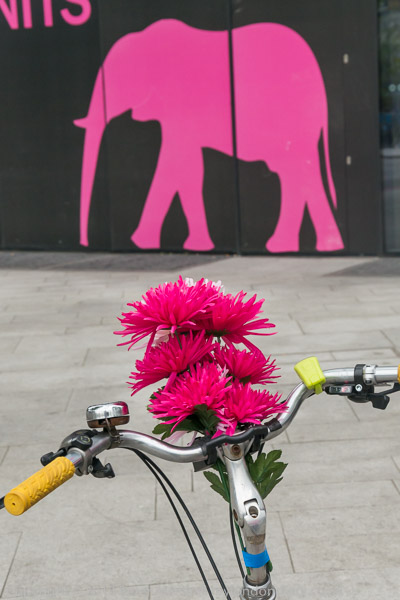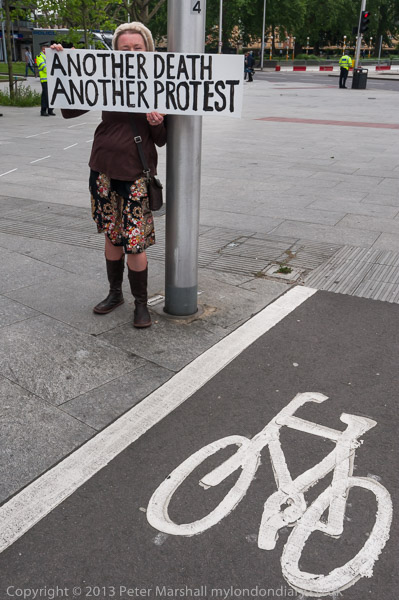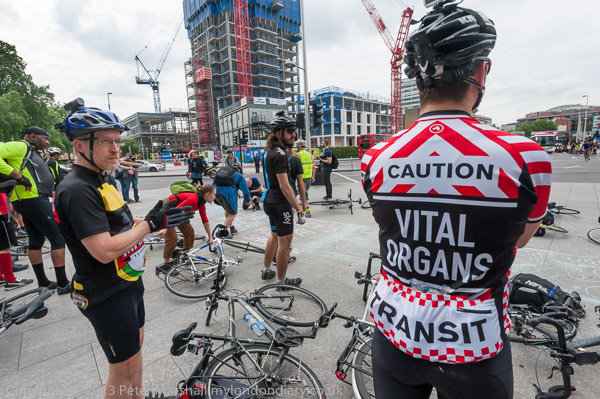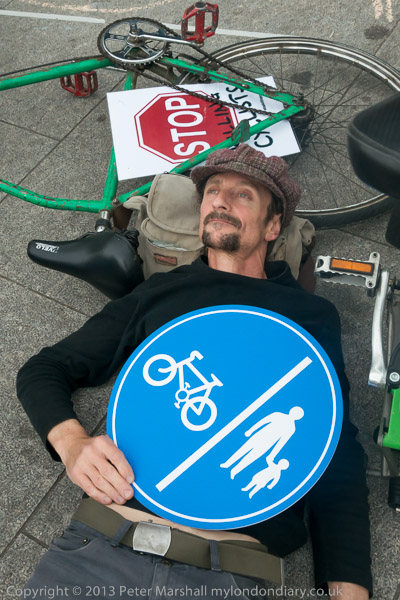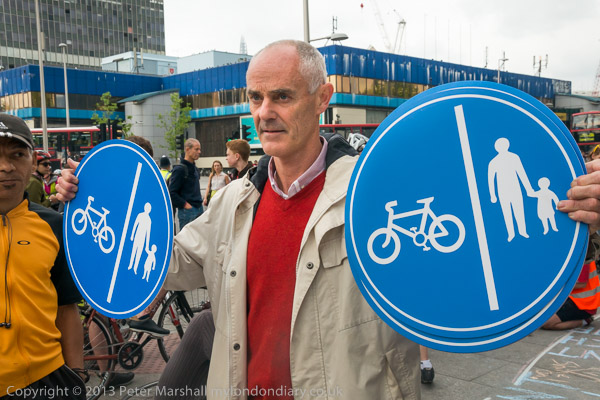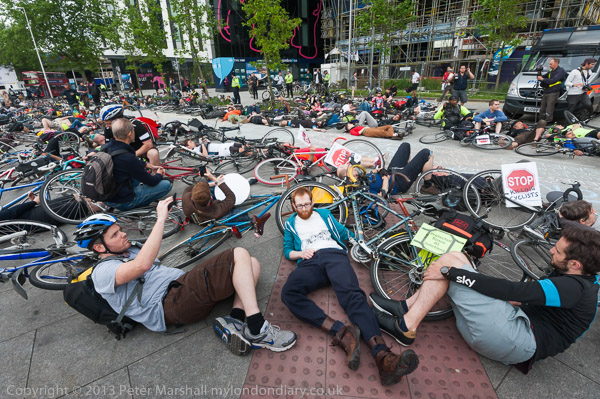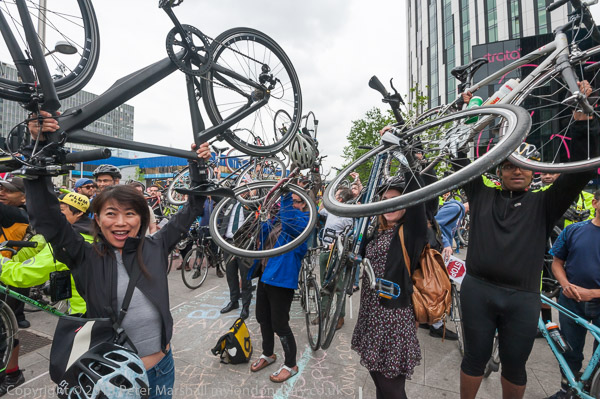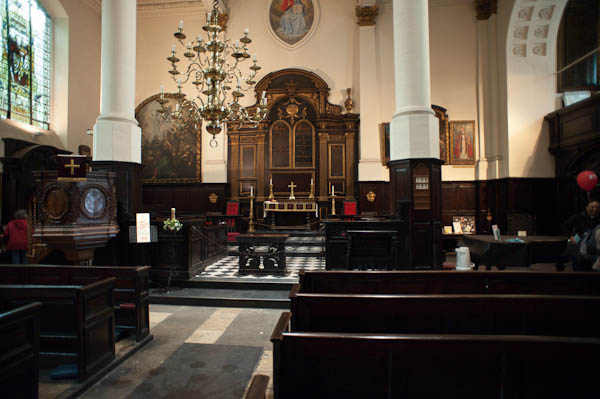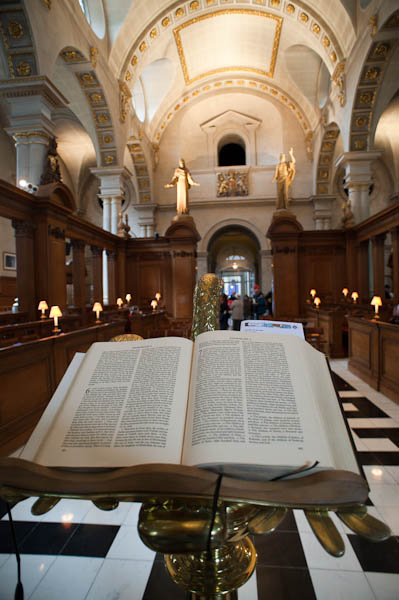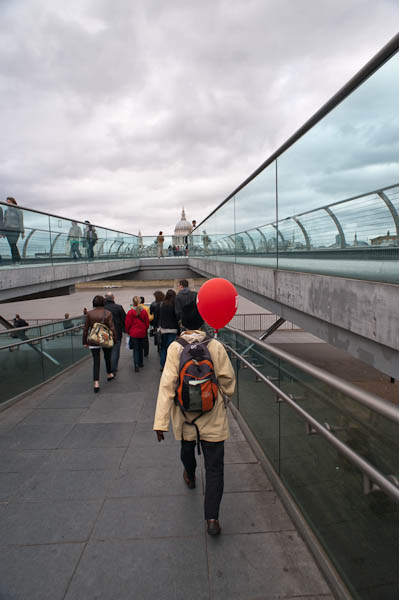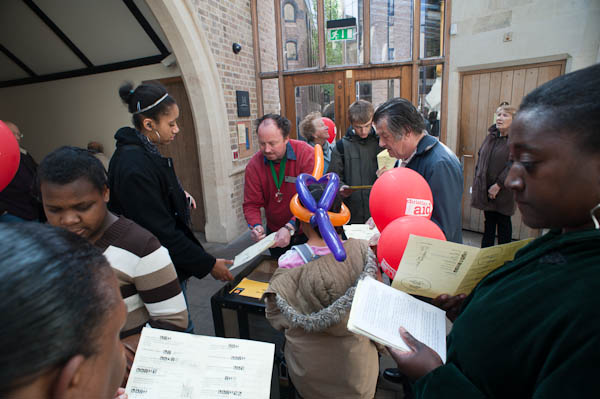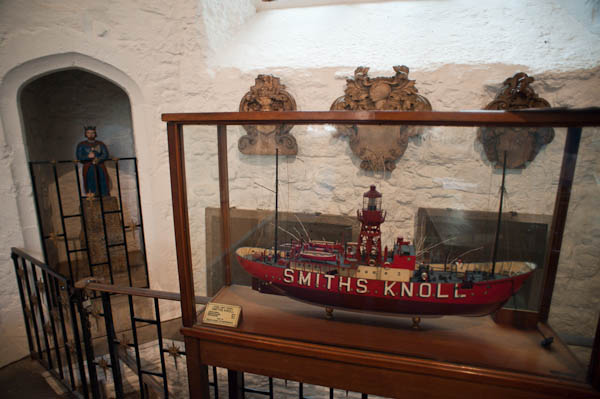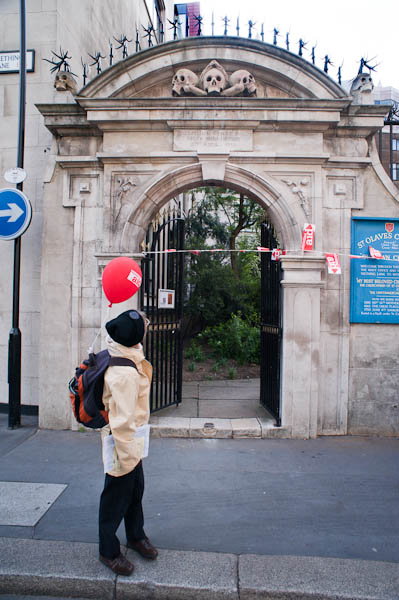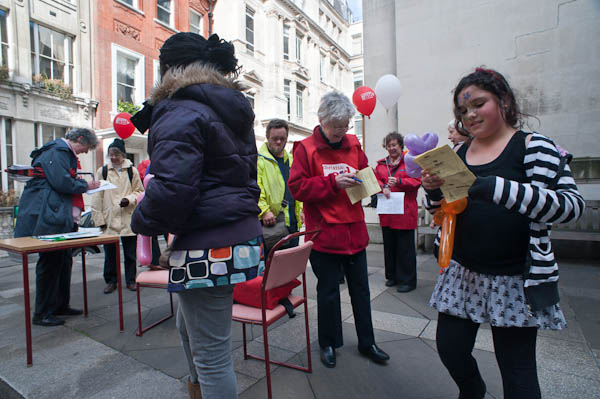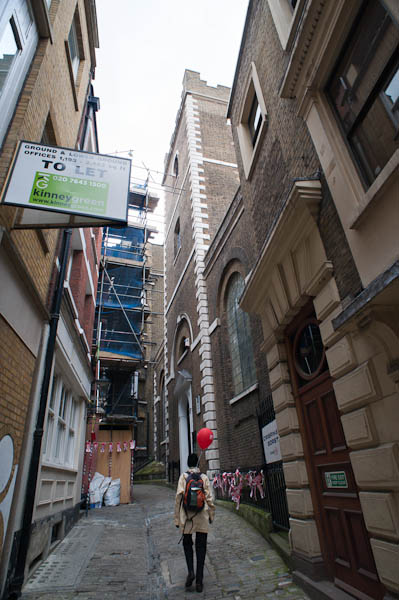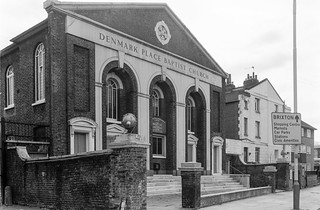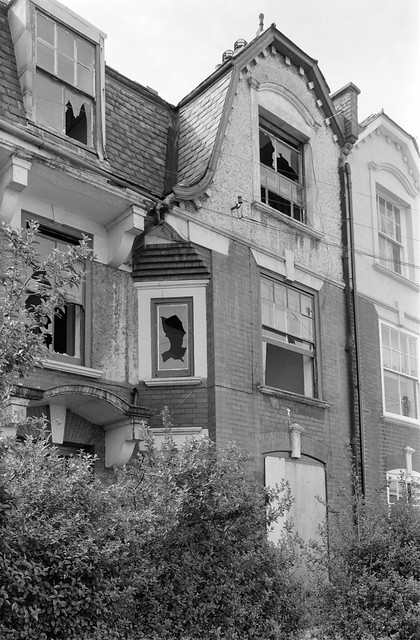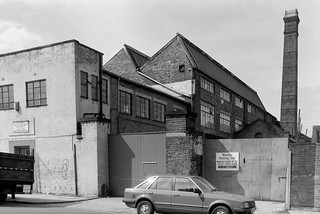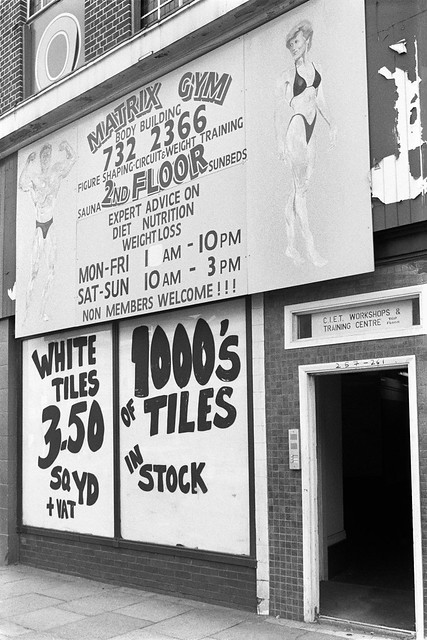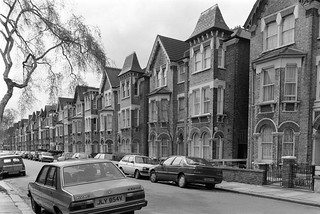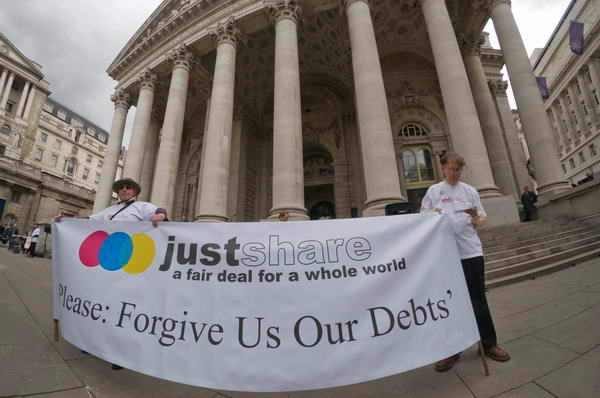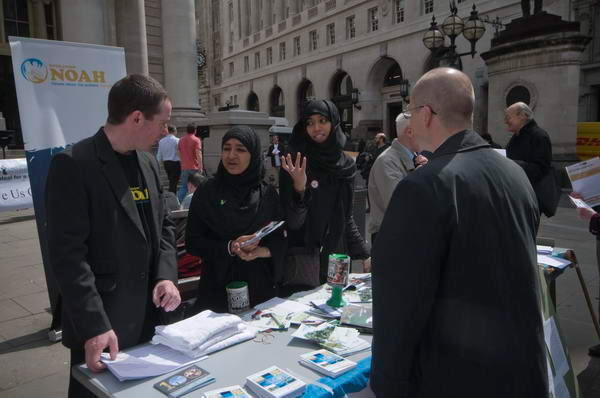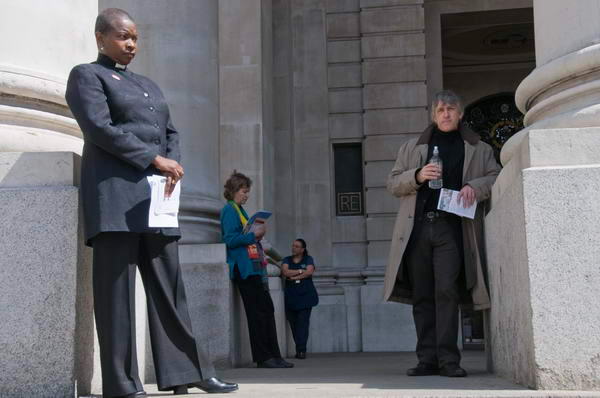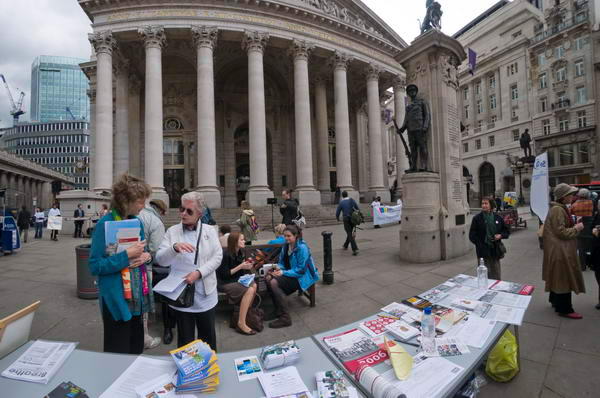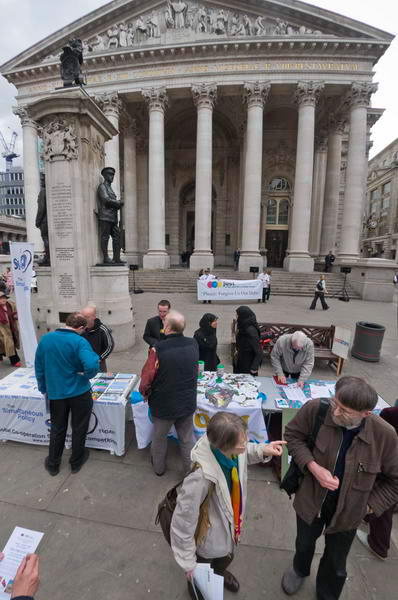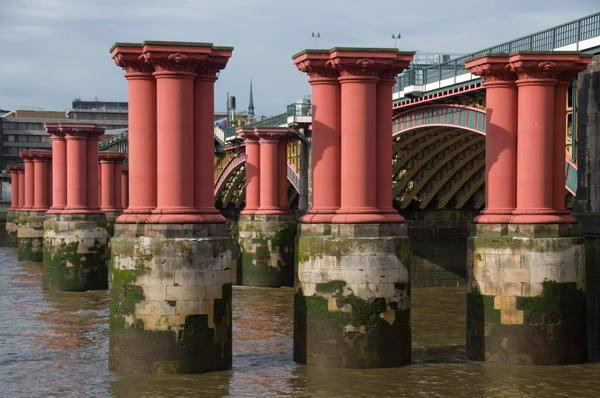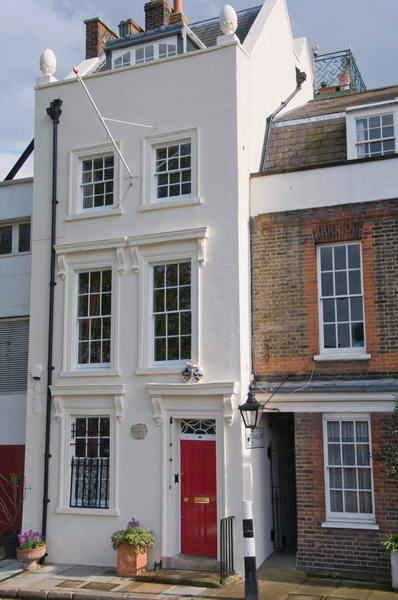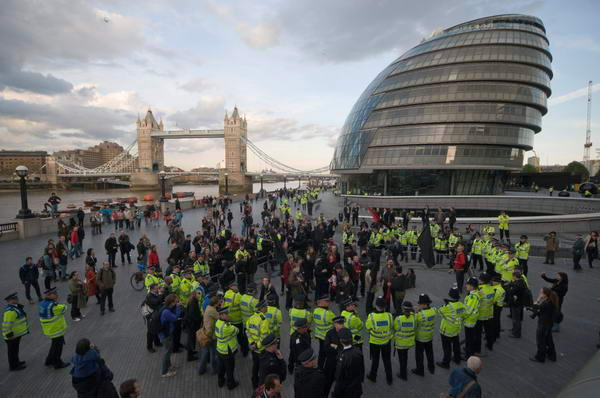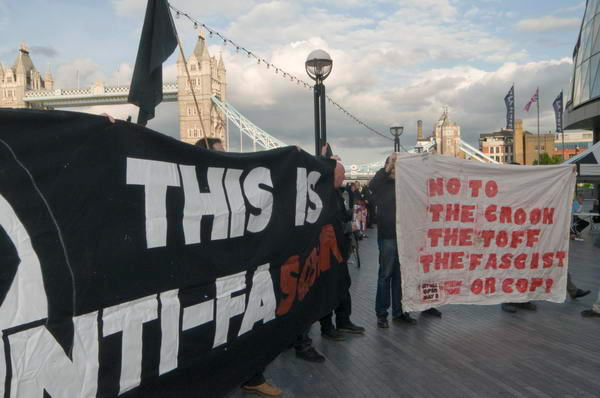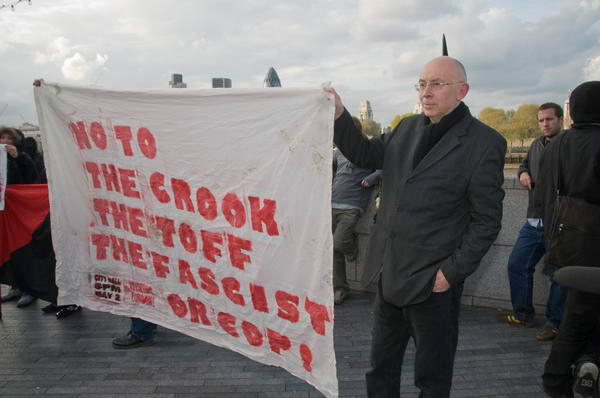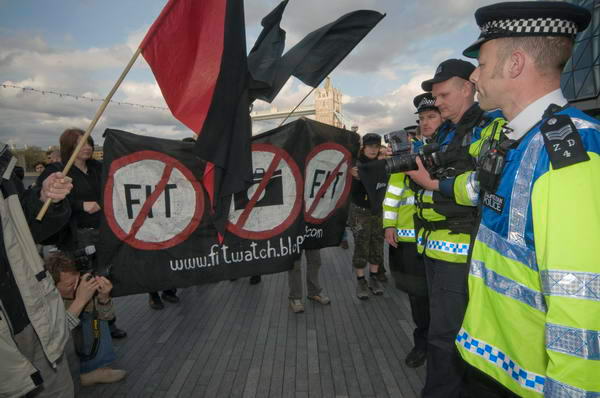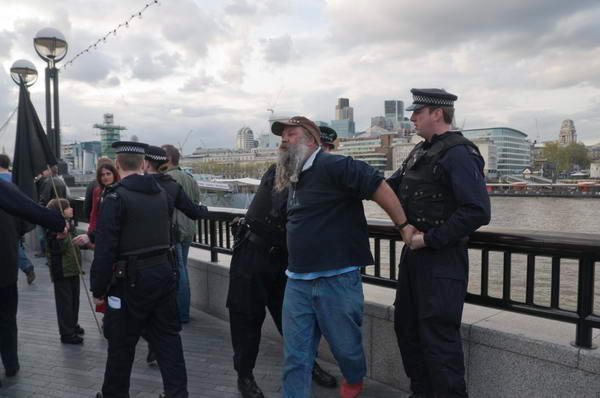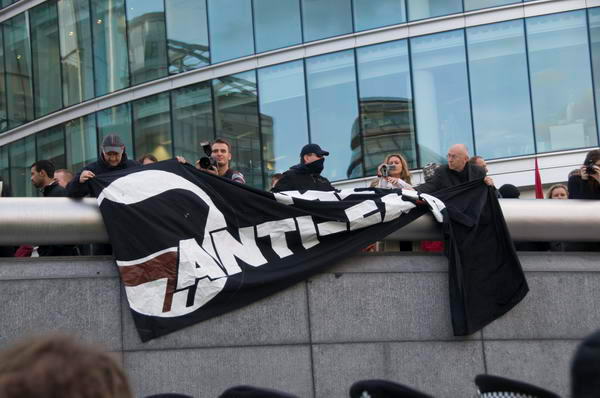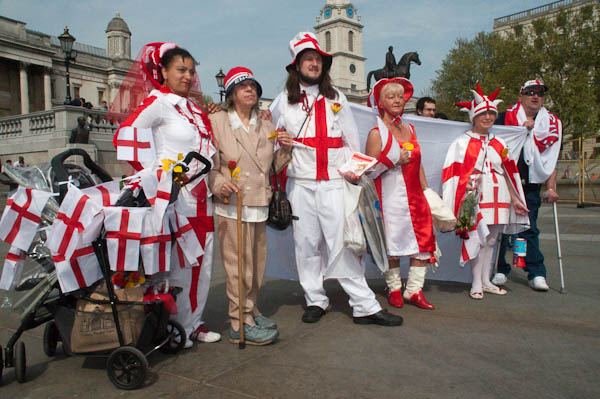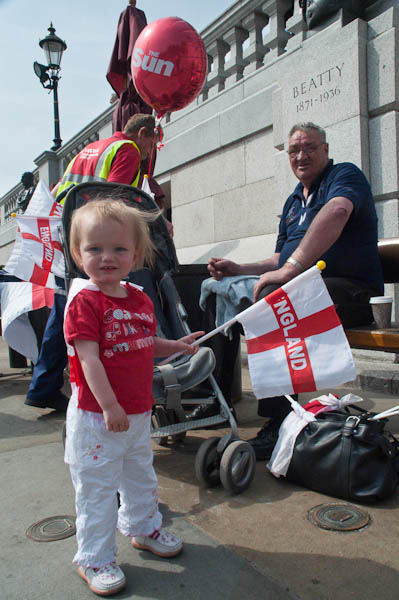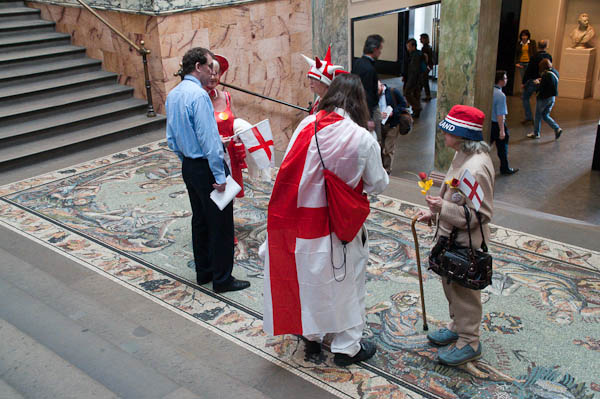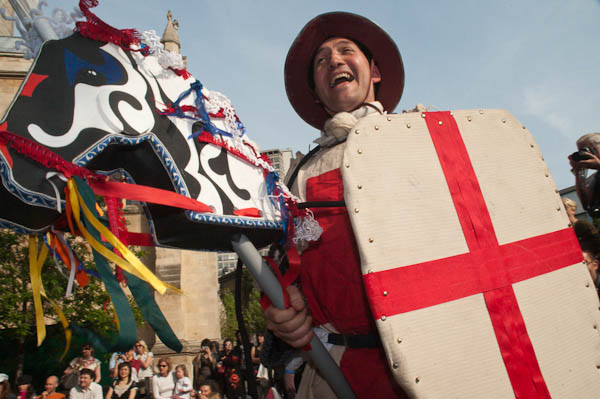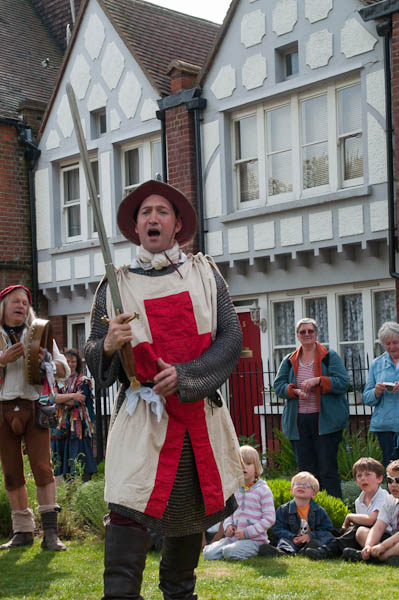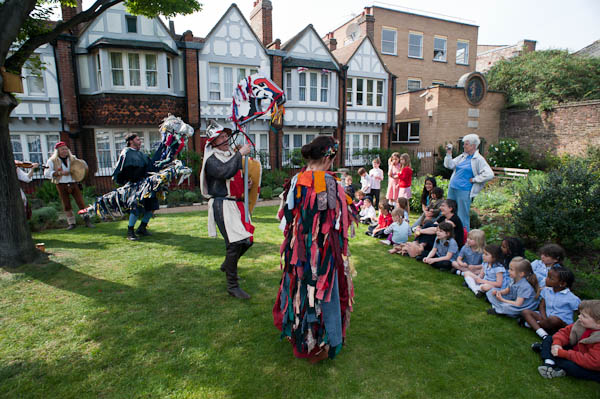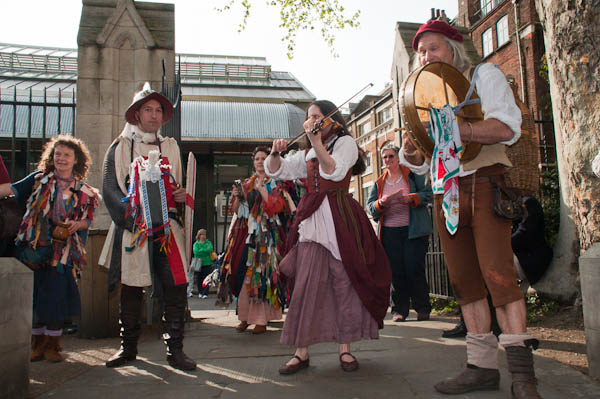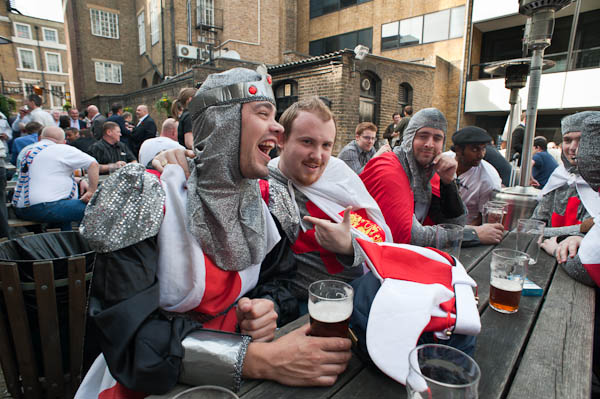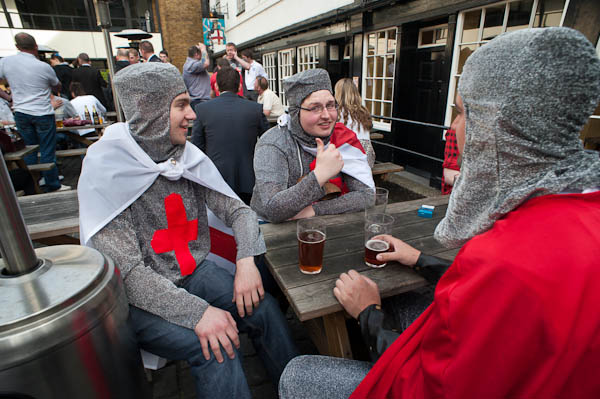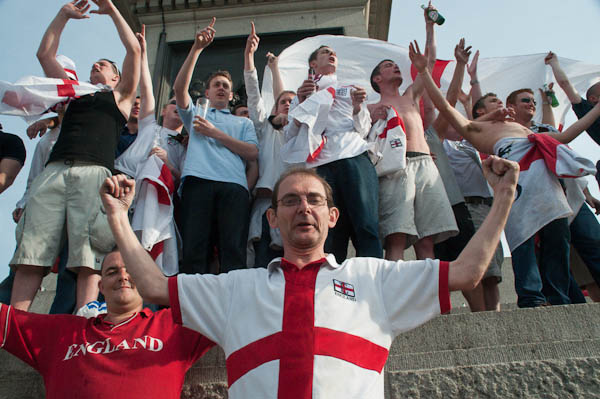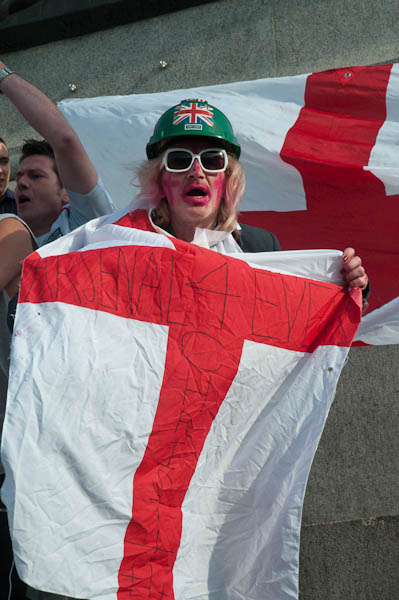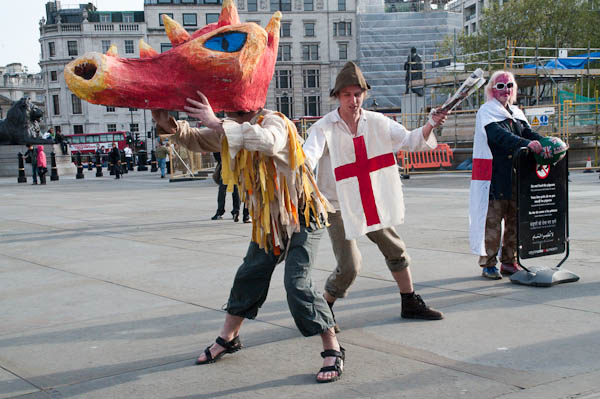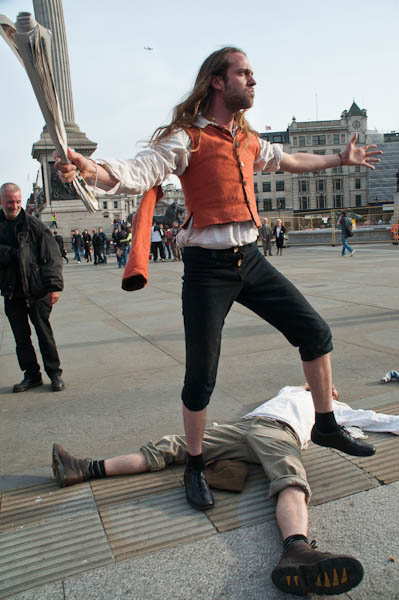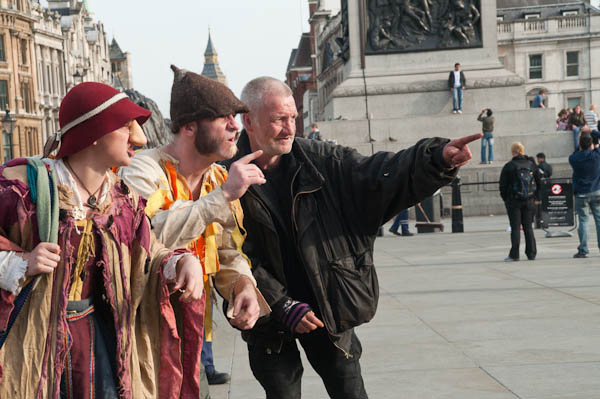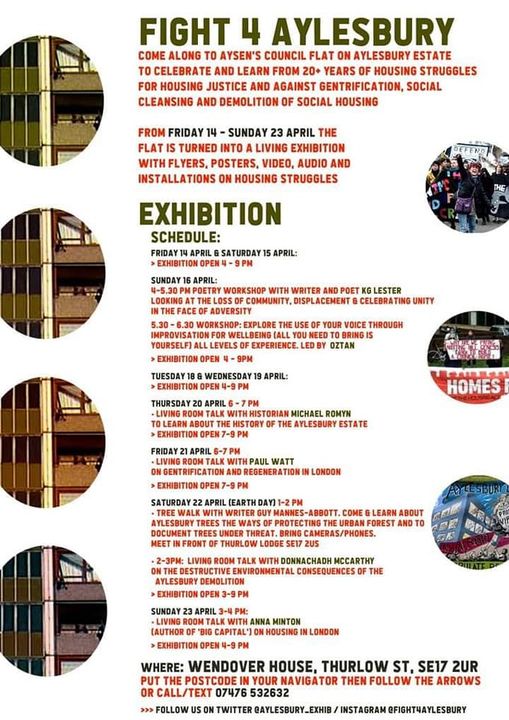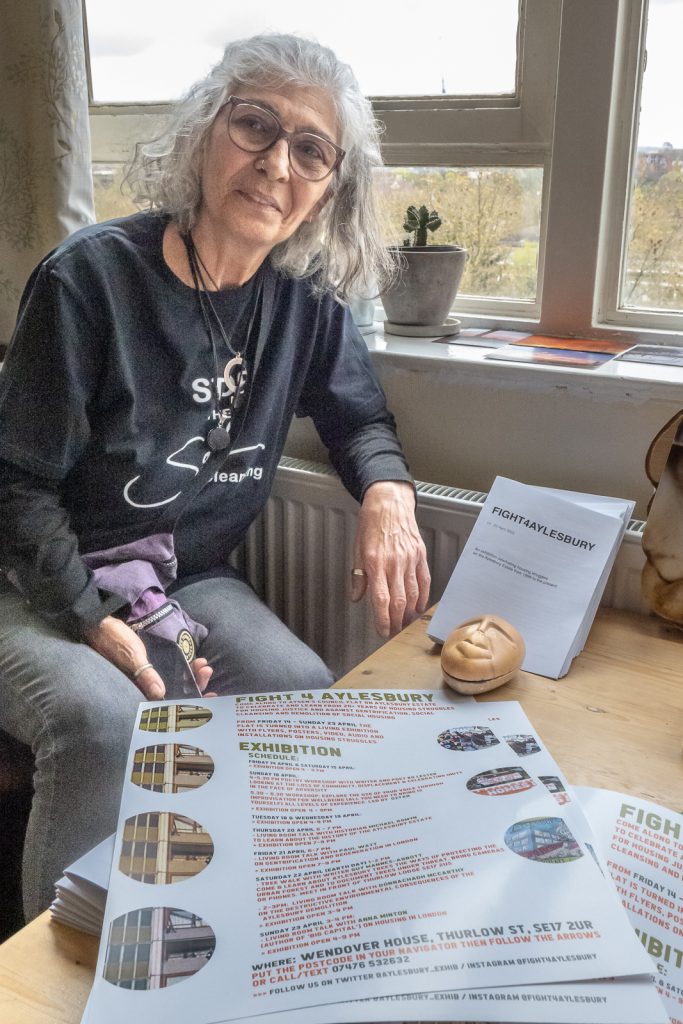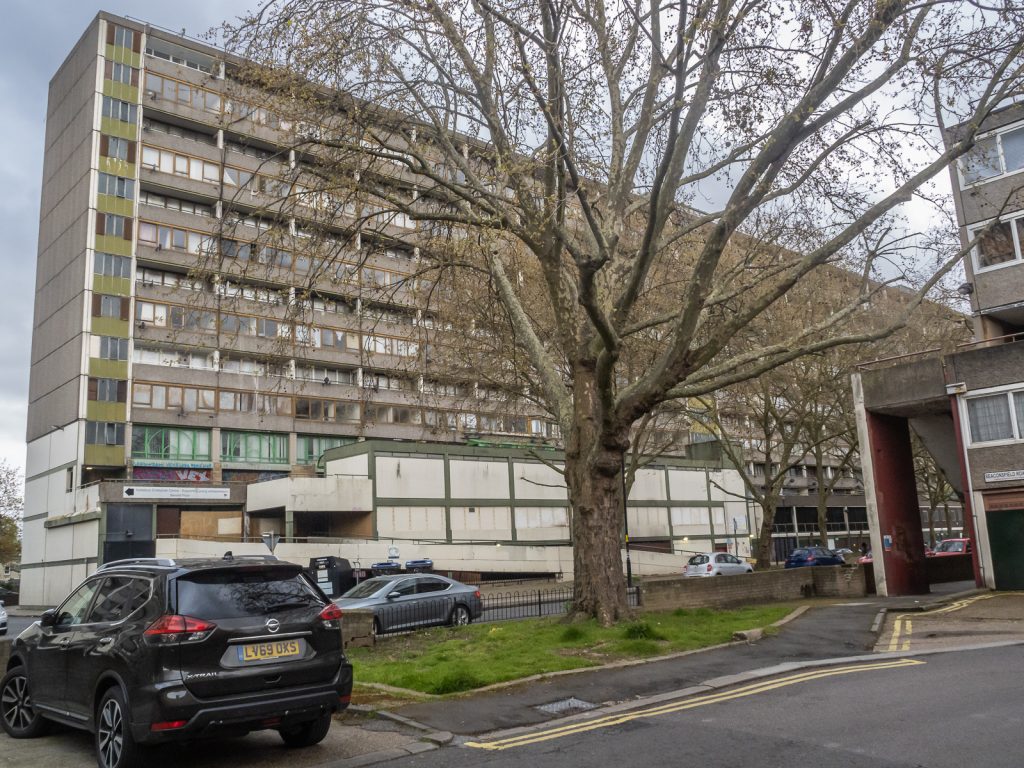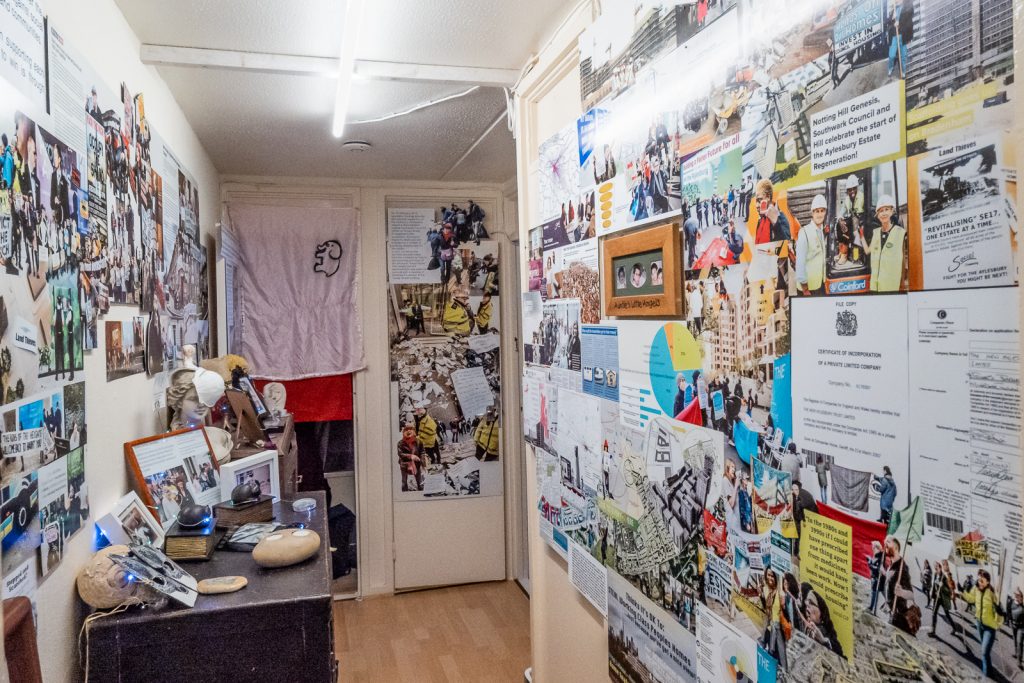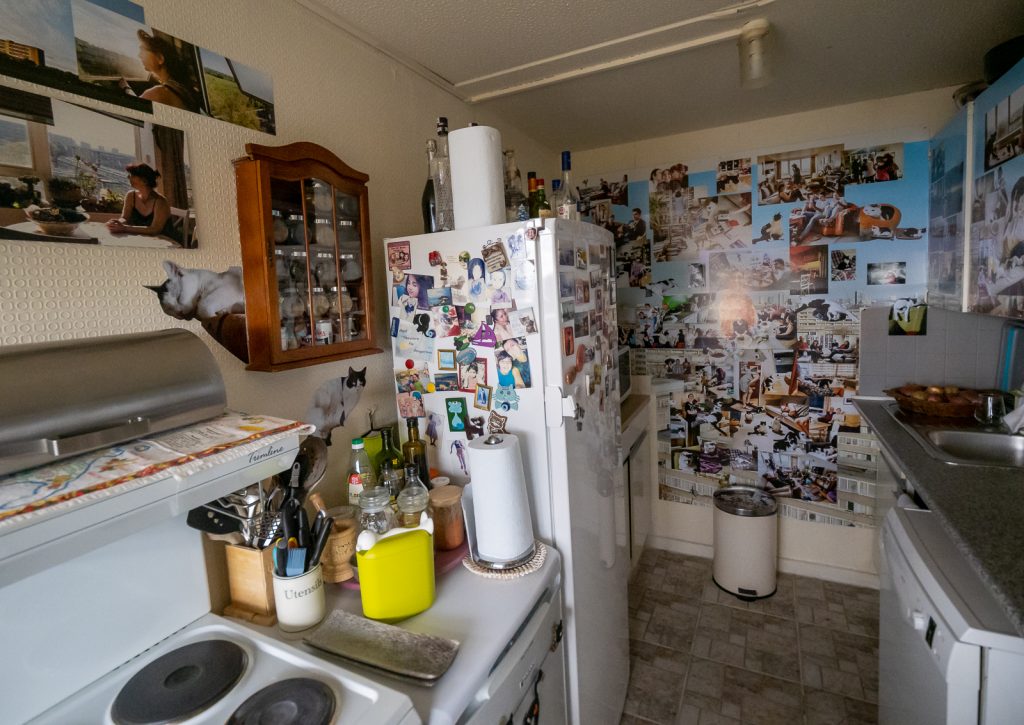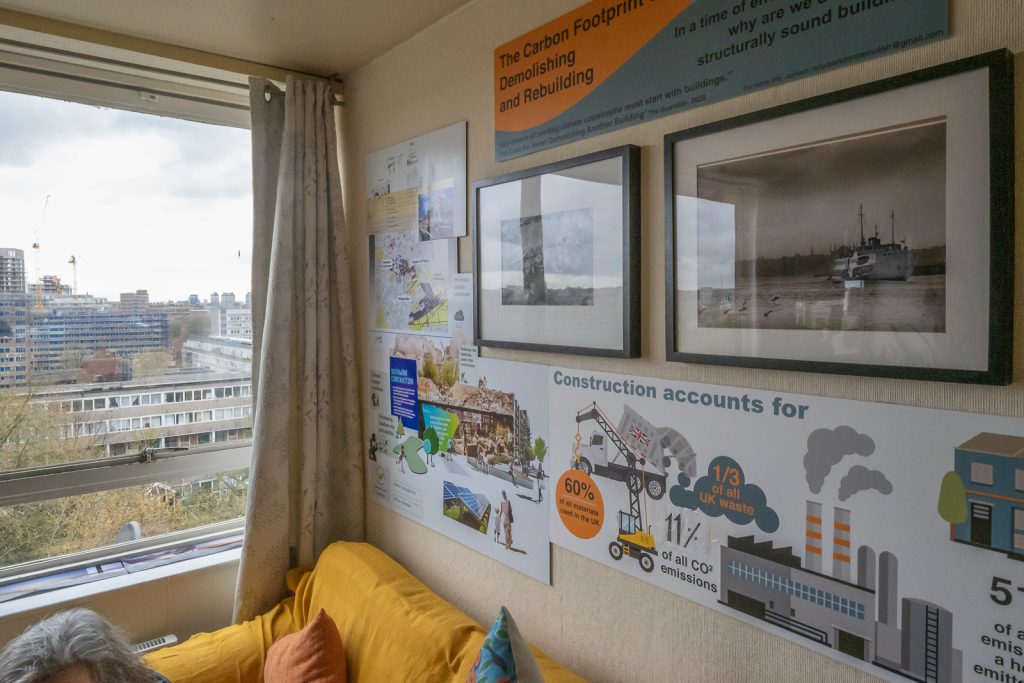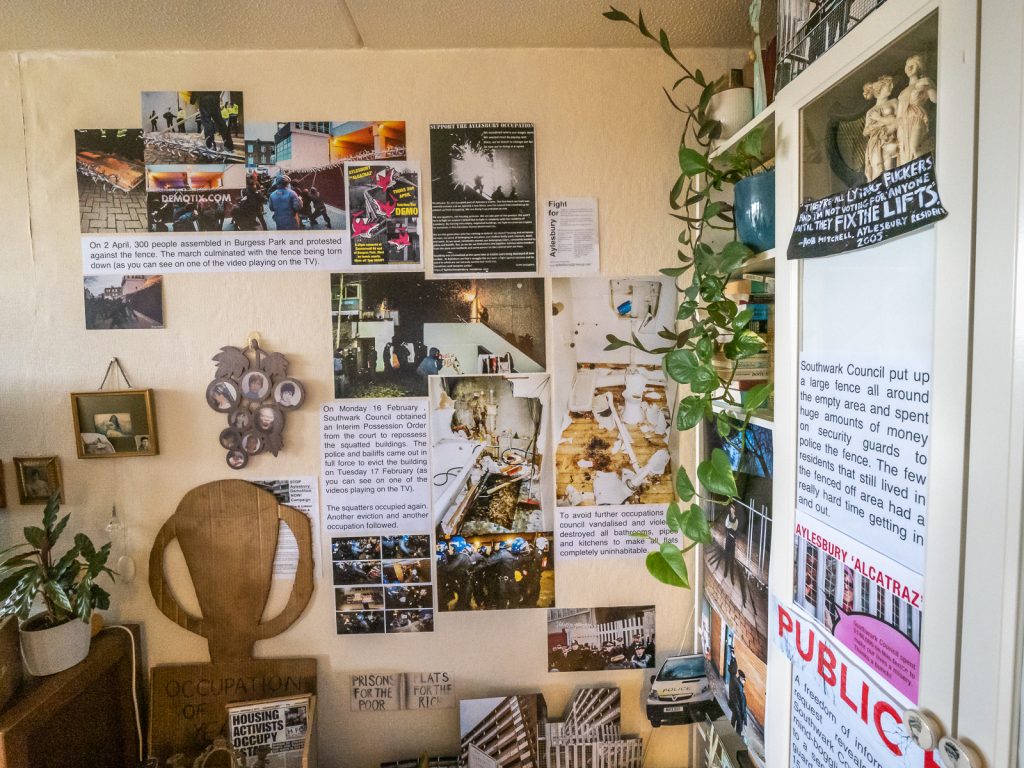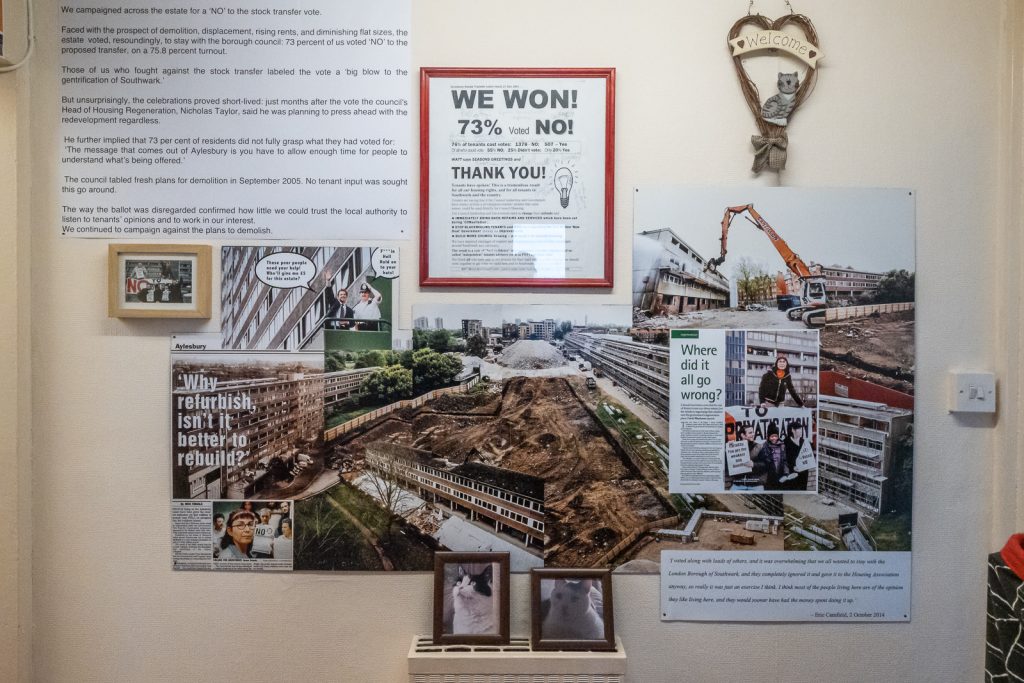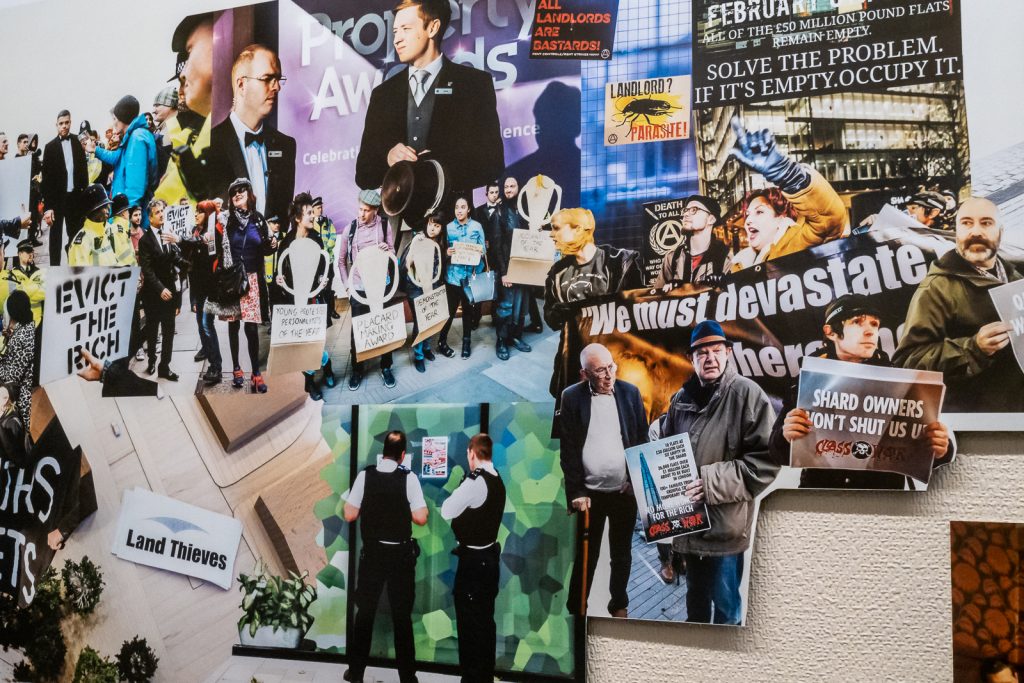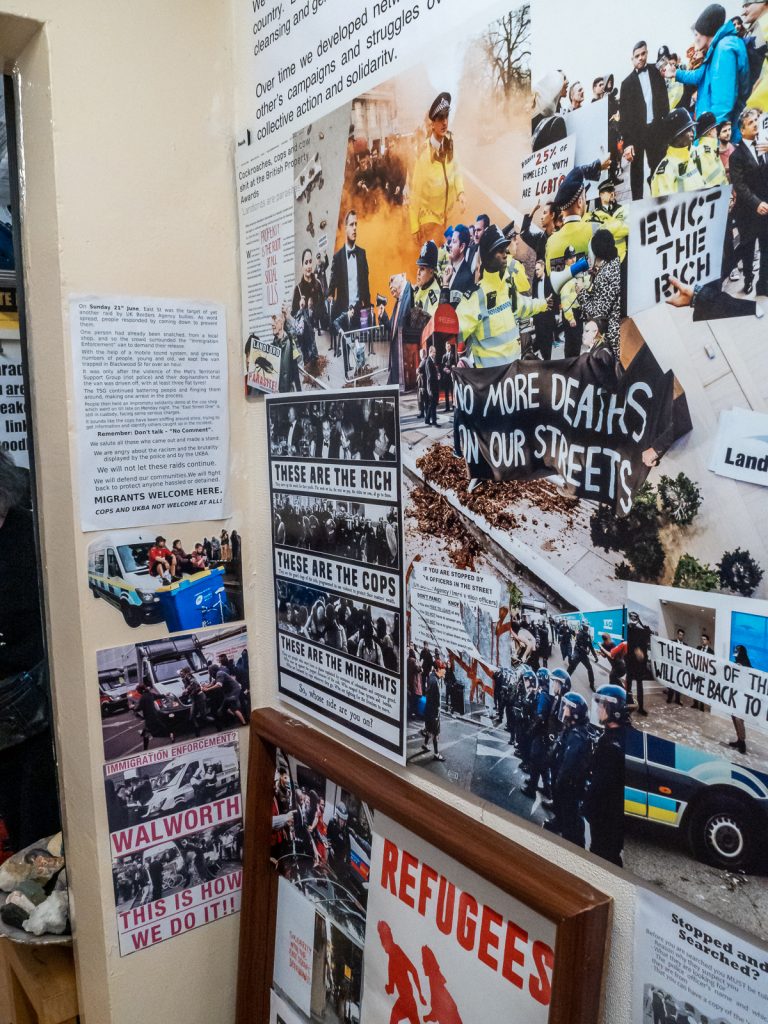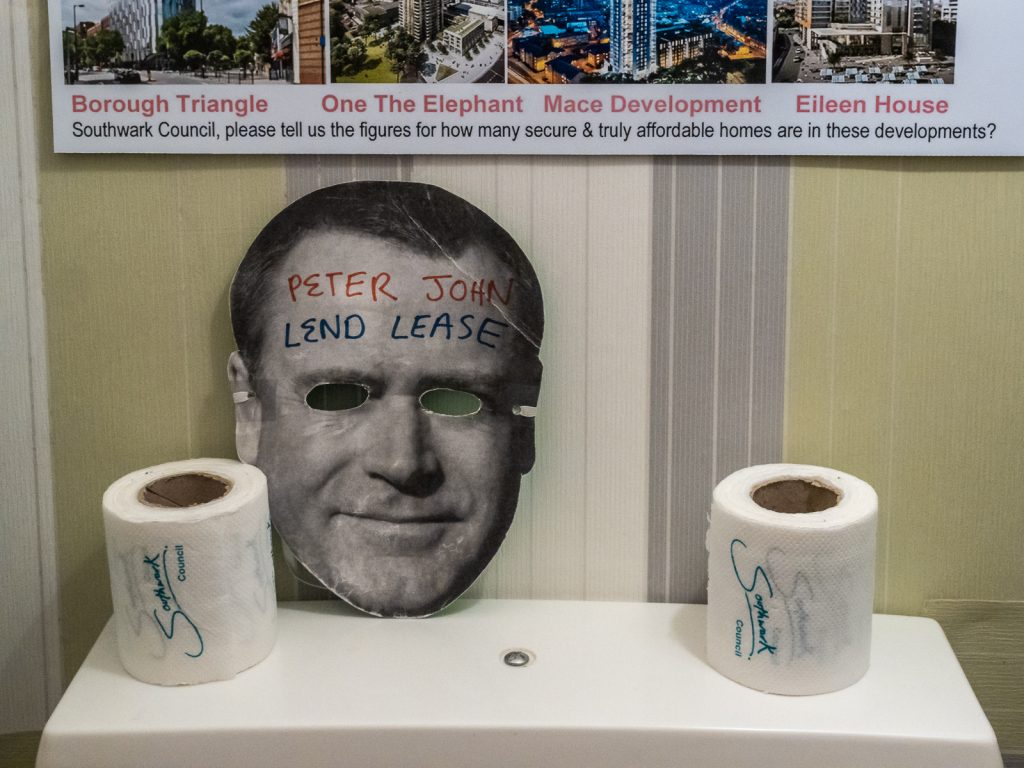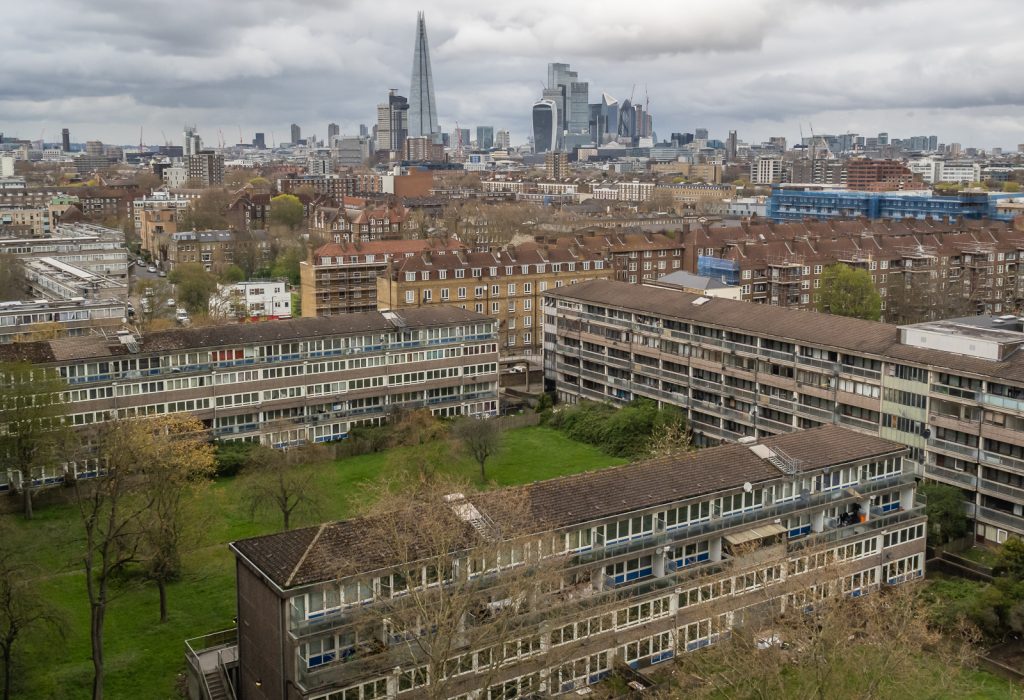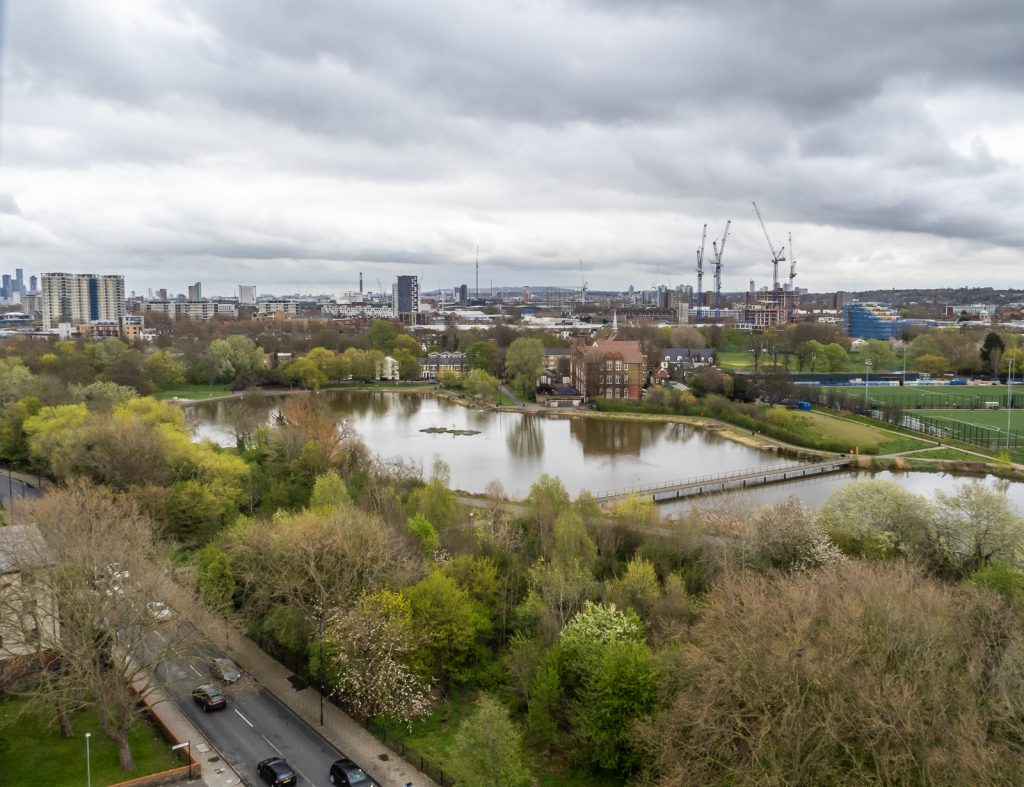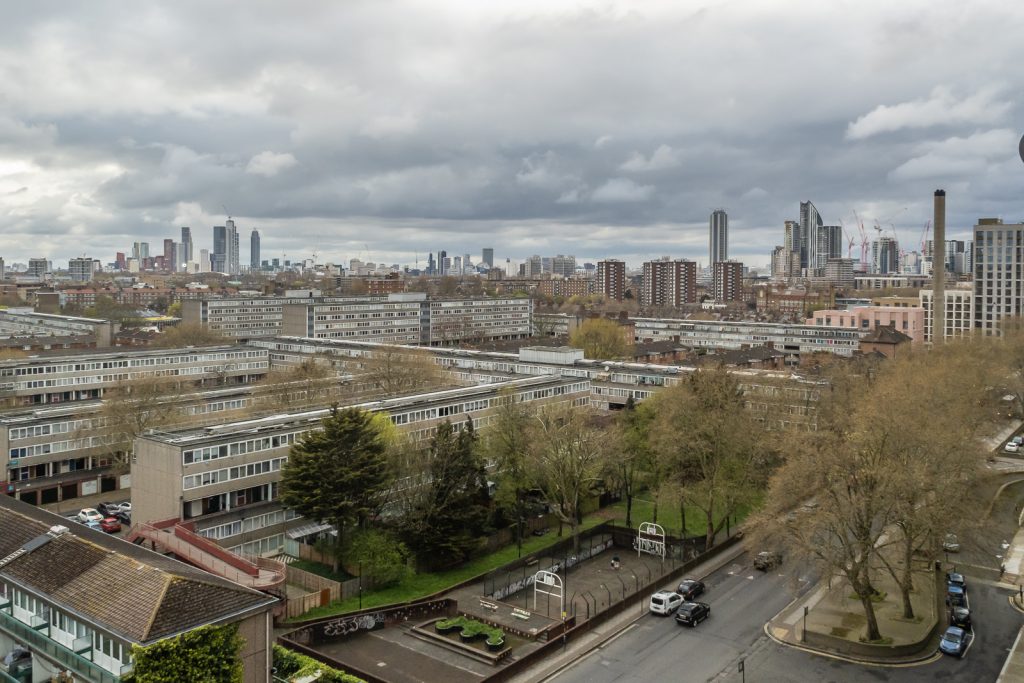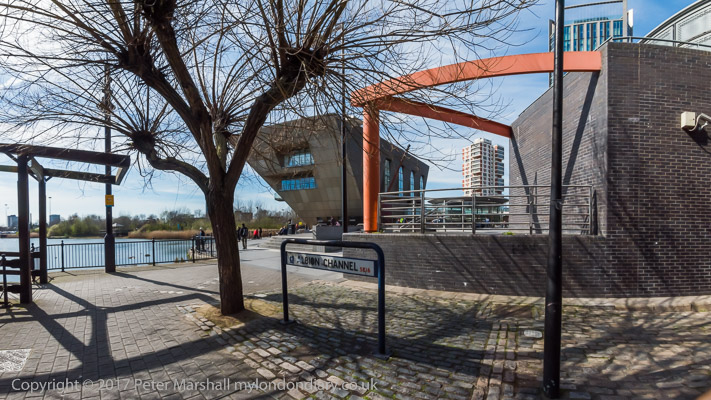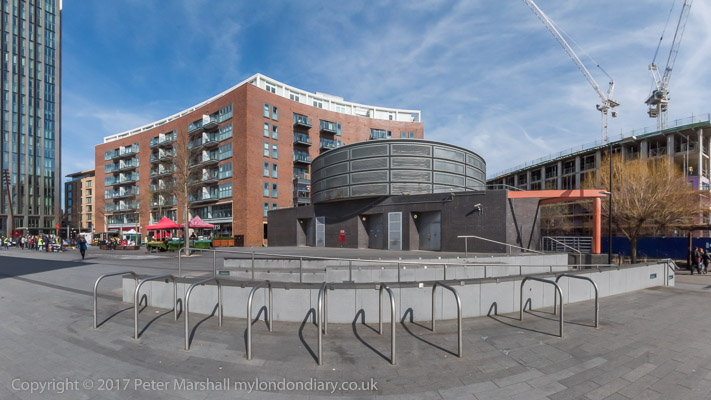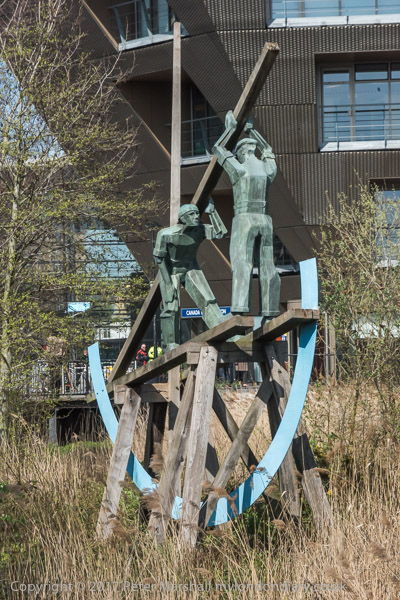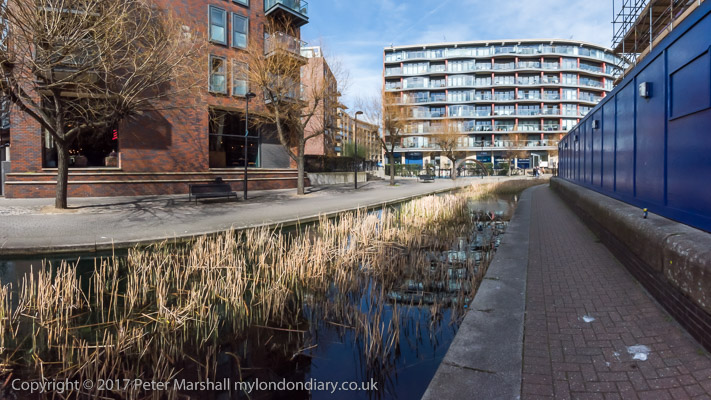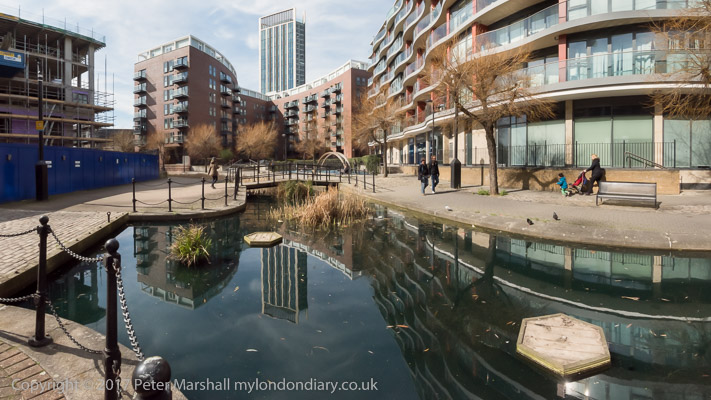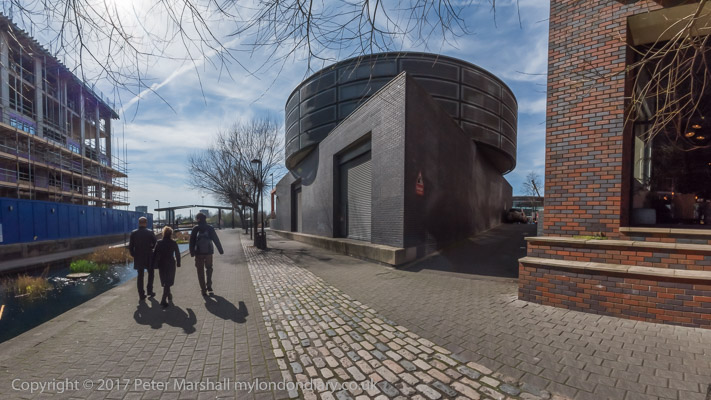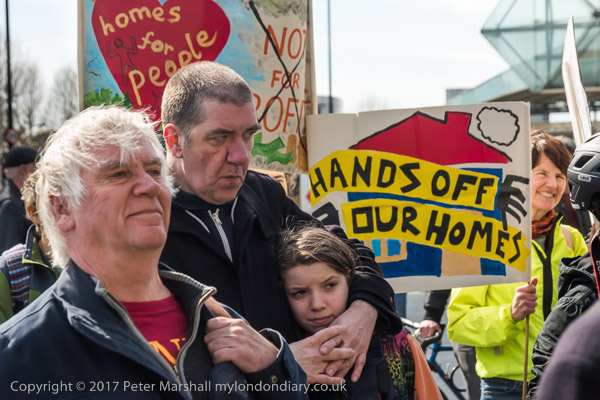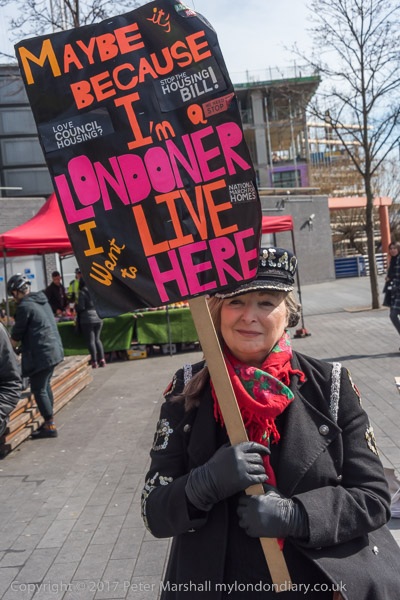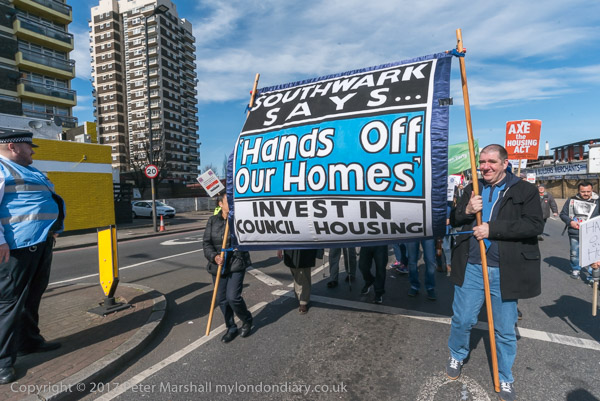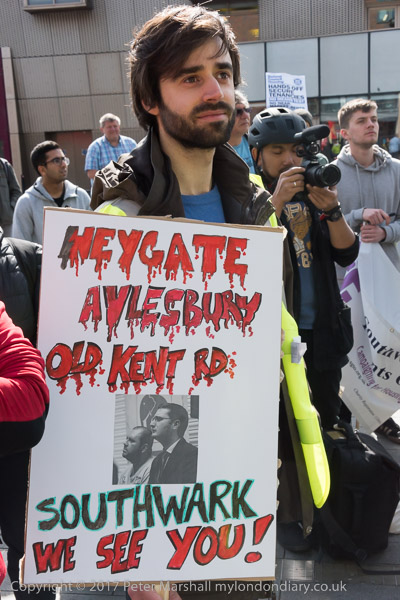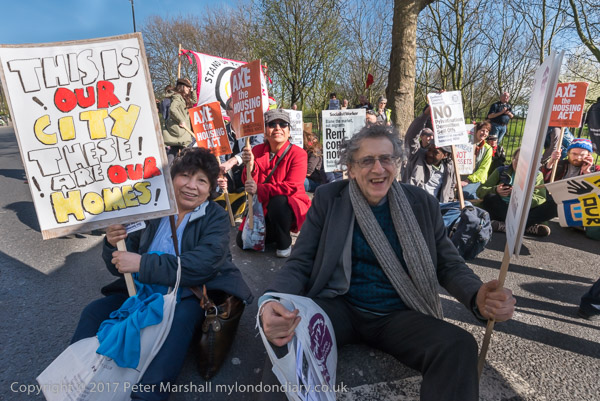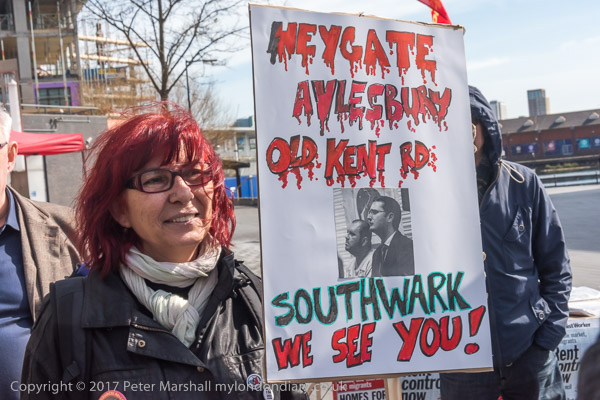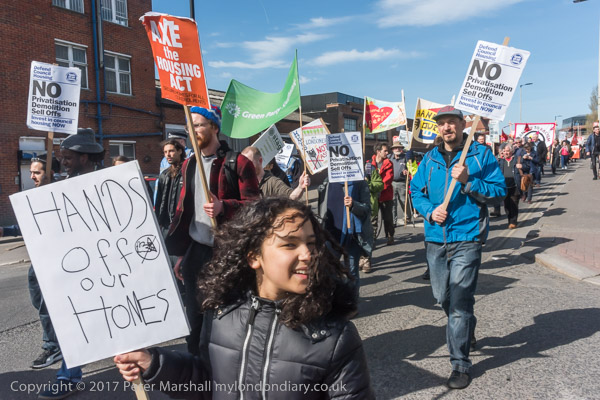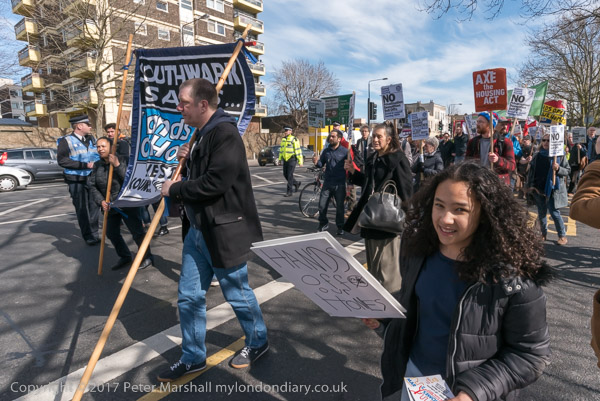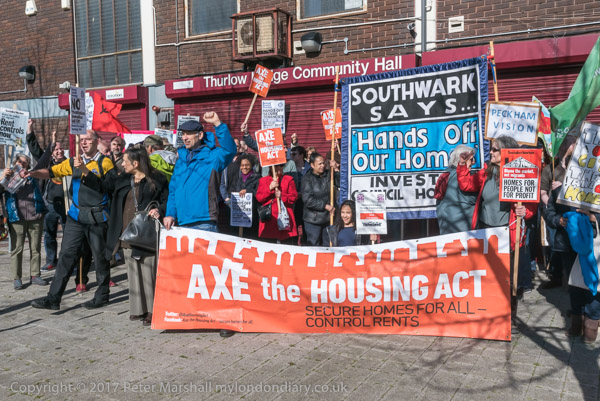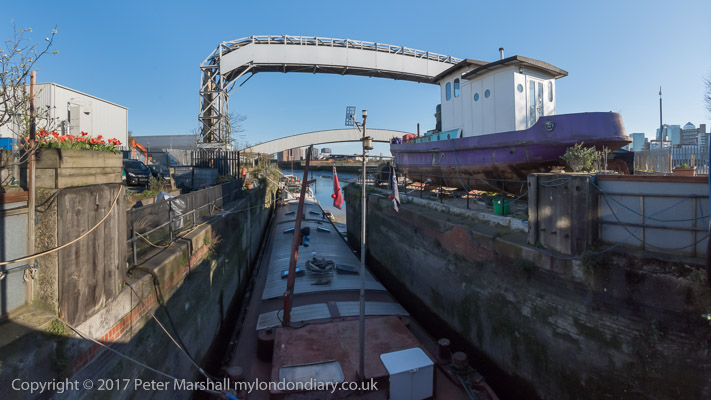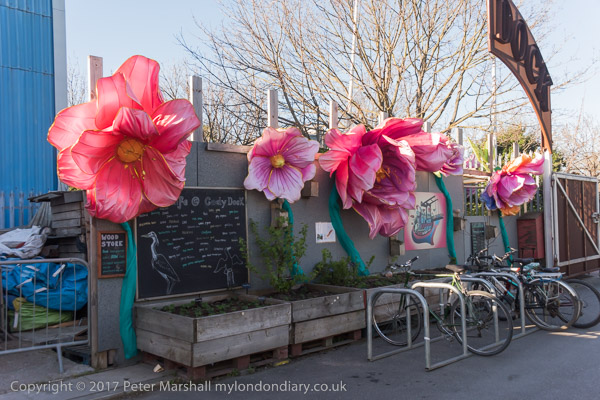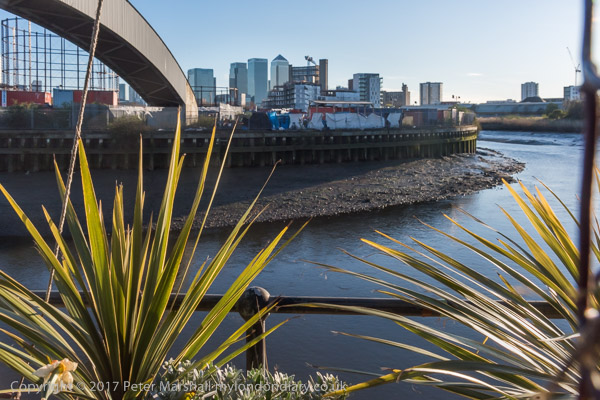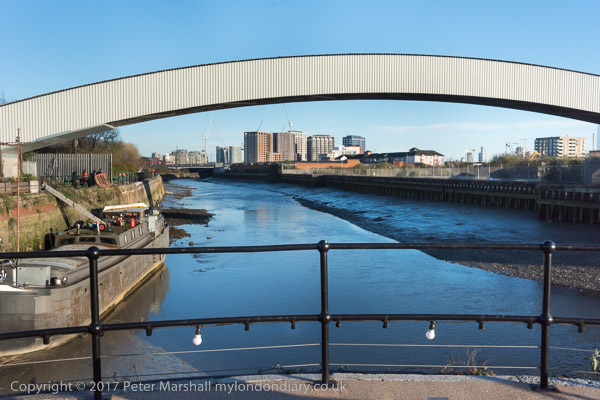I took few pictures in the rest of the month after my walk on Sunday 9th April 1989, my time being taken up with other things. I did make a few pictures on a CND demonstration in Lambeth with family and friends which I’ve yet to digitise, and some when the photography adult class on which I was assisting went to photograph Twickenham’s famous ‘Naked Ladies’, who now have a beer named for them. Some of my pictures of this were made on large format 4×5″ film so I could contact print them using historic processes such as platinum and kallitype, and I helped make at least one on 8×10″ for the tutor.
And there were a few other pictures such as this, made on my way to the Photographers’ Gallery, then in Great Newport St, a short walk around the corner, or on my way to meetings in other parts of London, and a few closer to home.
But my next walk to take pictures came on Friday 5th May when I rushed out of college after around four hours of teaching and jumped on a train to Vauxhall and a bus to the Oval, walking down Foxley Road, then Vassal Rd to Cowley Rd, eager to continue to photograph in the area around Myatt’s Fields. I paused to take half a dozen pictures on the way, but have yet to digitise any of these.
The top end of Cowley Road is in the Vassall Rd conservation area and this terrace is a remnant of the Holland Town Estate development begun by Henry Richard Vassall, Third Baron Holland in 1818 when Camberwell New Road was laid out. This terrace is possibly from around 1830 and its Grade II listing describes it as Early-mid C19.
No 25 at the right of the previous picture is the last house in this section of the street. On the west side of the road, behind me as I took the picture is a large block of redbrick five-storey council housing, Knowlton House, built by the LCC as part of the Cowley estate in 1934-6. There is another similar block, Stodmarsh House further south on the street.
The park here appears to have had a number of names and is now Eythorne Park, though Google Maps hedges its bets by also calling it Myatt’s Field Common Park and on the old A-Z I used on my walks it was Mostyn Gardens, given to Lambeth Borough Council in 1925 who passed on the the LCC in 1958. They extended and renamed it Melbourne Fields. Parts of it were built on in the 1970s the low-rise Myatts Field North council estate in the 1970s and disastrously redeveloped under a Private Finance Initiative programme hit by various cost-cutting directives and carried out with little or no regard for the residents.
You can see these roofs over the mound in the park in the previous picture, though the park is now flat and surrounded by the redeveloped buildings. These buildings looked in good condition in 1989 and the estate looked well designed and a pleasant place to live. But years of neglect by the council meant that in 2004, as Zoe Williams wrote in The Guardian “Myatts Field North in Lambeth, south London, was a byword for what goes wrong on a housing estate. It had been poorly maintained; the interiors were shabby. Garages had become hazardous and were out of bounds; shared spaces were desolate and only teenagers and children used them, “engaged in nothing very positive”, according to a council report at the time.”
The state of the estate in 2004 led residents to vote by a fairly small majority for the council’s plans for regeneration, “demolishing and rebuilding 305 homes, refurbishing 172“, but work only began in 2012, by which time the plans had been considerably altered with cuts to the budget. Five years later when Williams wrote her article the problems with the regeneration were clear, with the refurbished homes poorly plannede and shoddily implemented and the residents many complaints largely simply ignored.
Mike Urban’s 2020 photographs on Brixton Buzz, the prairie like fields of Eythorne Park, Myatt’s Field North, south London, give a good impression of the present state of the park.
St John The Divine Junior Mixed and Infants School is still there on Camberwell New Road, though ILEA has long gone and the entrance to the school is now on Warham St, as it probably was when I took this picture. The church itself is a short distance away in Vassall St and is a good example of Victorian gothic by George Edmund Street. The parish was created in 1871.
The school, with buildings in Warham St (then James St) opened in 1872 for 400 children but this building on Camberwell New Road came some years later.
The school building in flanked on both sides by shops and is in the centre of a terrace. Edward Wells & Sons Ltd at 143-145 offered a wide range of printing services. I think the businesses closed soon after I made this and other pictures.
My walk will continue in a later post.




